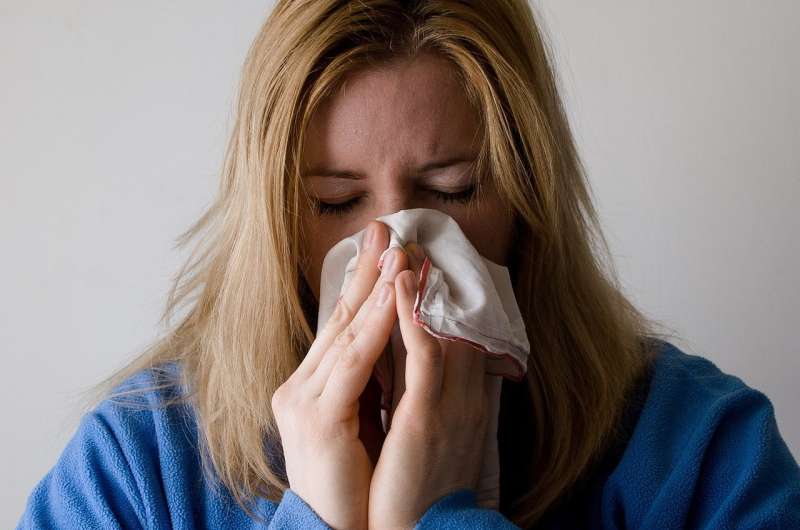Assessing Hospital Preparedness for Disasters: Floods, Fires, and Human-made Crises

Evaluating how hospitals prepare for and respond to natural and human-made disasters; insights from recent floods and disaster simulations highlight areas for improvement in emergency readiness.
Natural and human-made disasters such as floods, fires, and terrorist attacks pose significant challenges to healthcare systems worldwide. Recent events, like devastating floods in New South Wales, highlight the importance of hospital readiness and effective emergency response strategies. During the 2022 floods, rapid evacuation procedures at Ballina Hospital demonstrated both resilience and areas for improvement, including communication breakdowns, staff shortages, volunteer management difficulties, patient tracking challenges, and transportation issues. Emergency teams must adapt quickly, making critical decisions about patient triage, transfer, and resource allocation. Simulating disasters, like a staged stadium collapse with mass casualties, further reveals common hurdles such as equipment shortages and logistical issues. Despite comprehensive disaster management plans, hospitals often face unpredictable scenarios requiring on-the-fly adaptations. Research underscores the need for continuous improvement in disaster preparedness, emphasizing proactive planning, effective communication, and resource flexibility to ensure hospitals remain resilient in the face of increasing climate-related and human-made crises. Preparing healthcare teams involves not only planning but also regular drills and scenario-based training to handle evolving threats effectively.
Stay Updated with Mia's Feed
Get the latest health & wellness insights delivered straight to your inbox.
Related Articles
Research Finds No Link Between Childhood Aluminum Vaccines and Risk of Chronic Disorders
A large Danish study shows no link between aluminum in childhood vaccines and increased risk of autoimmune, allergic, or neurodevelopmental disorders, supporting vaccine safety.
Llama-Derived Antibodies Offer Broad Protection Against Coronaviruses by Targeting Conserved Spike Region
Scientists have developed llama-derived nanobodies that target a conserved region at the base of coronavirus spike proteins, offering broad and robust protection against multiple variants and potential future strains.
Using Machine Learning to Distinguish Tremor and Myoclonus in Movement Disorders
A pioneering study utilizing machine learning has successfully distinguished tremor from myoclonus, enhancing diagnosis accuracy and enabling personalized treatment of movement disorders.
Breakthrough in COVID-19 Recovery: High-Dose Vitamin B3 Targeted at Gut Microbiome Accelerates Healing
A groundbreaking clinical trial demonstrates that targeted high-dose vitamin B3 in the gut accelerates recovery in COVID-19 patients by modulating the microbiome and boosting metabolic processes.



